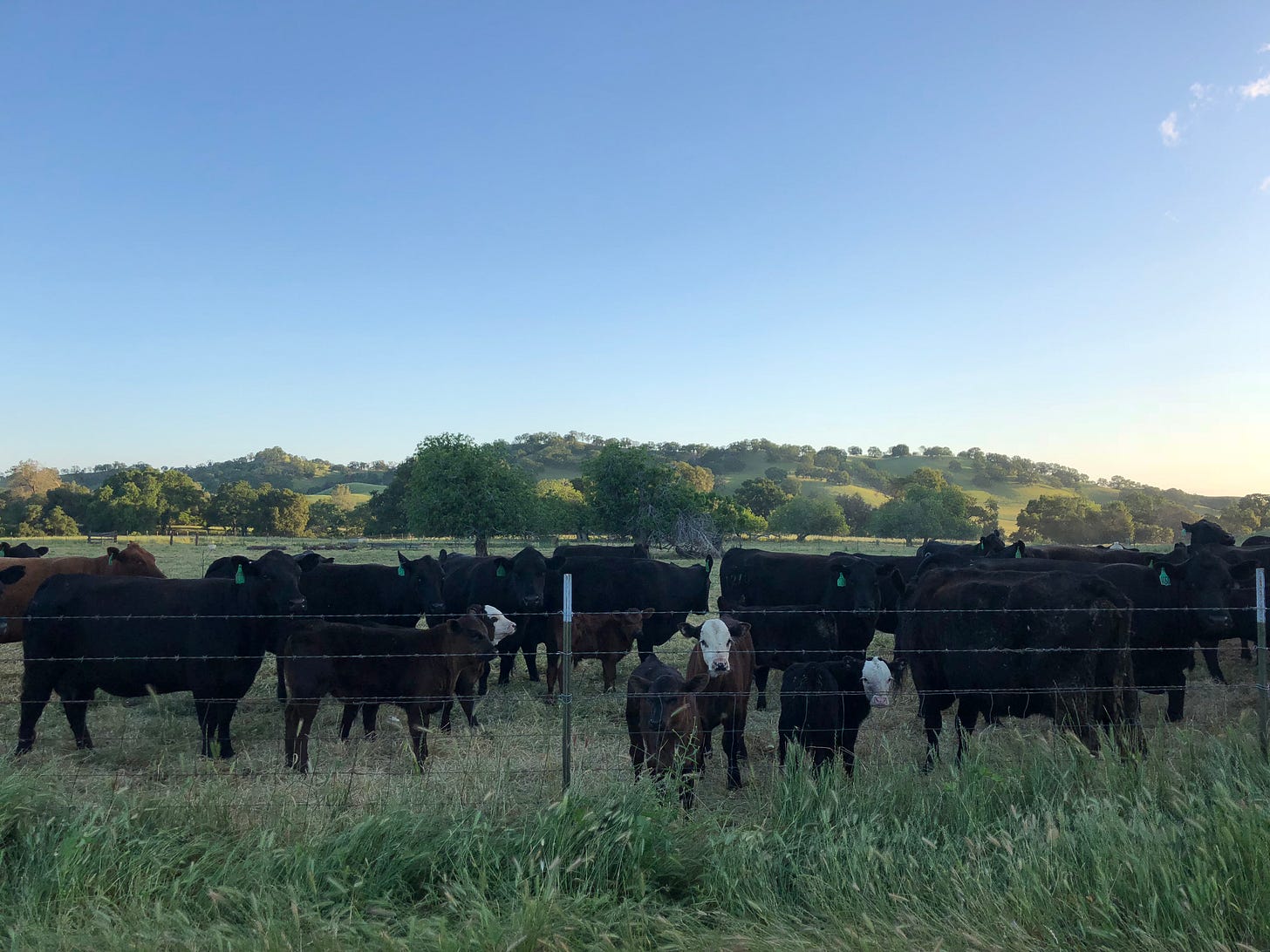Amid noisy week in beef policy, USDA drops plan to fortify American ranching
It's the first government plan in decades aimed at revitalizing cattle ranching.
Yesterday, Agriculture Secretary Brooke Rollins released a policy white paper on U.S. cattle ranching that centers ranchers and the nation’s beef supply chain as vital to national security.
“We are committed to ensuring the American people have an affordable source of protein and that America’s ranchers have a strong economic environment where they can c…



